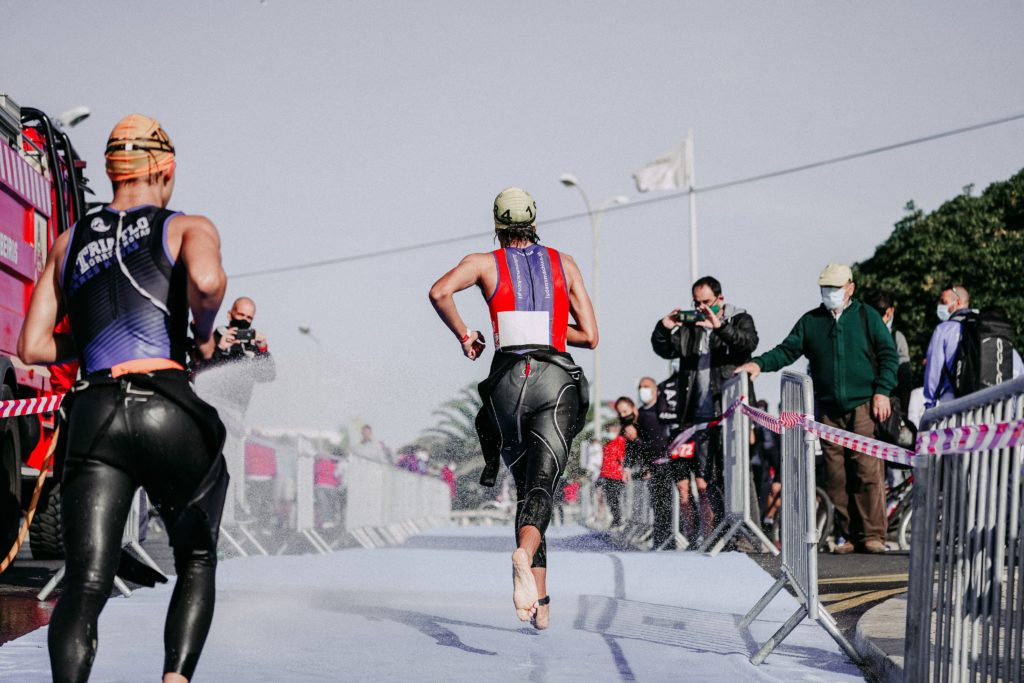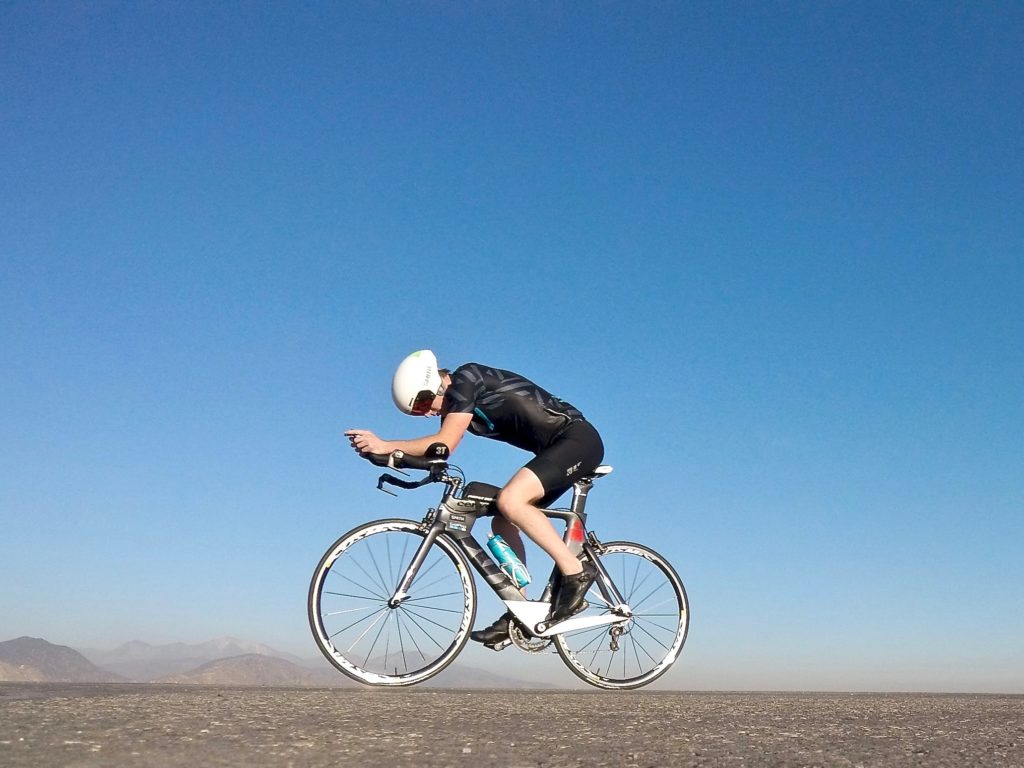Advice On Adapting From Short Distance To Long Distance Training
The pathway to IRONMAN for many starts right back at short distance, with your first ever Sprint and Olympic distance events – competitively or simply for fun. But once you’ve got into the swing of it, those long distance, endurance events are an allure that many soon move towards.
However, switching from short to long distance comes with a change in outlook on several aspects, including training volume and specifics, something that needs to be carefully considered in order to make the transition successfully. We’ve spoken to our resident Triathlon Coach, Kevin Henderson of Blackzone Coaching, to discuss how best athletes can adapt their training from short distance to long as smoothly as possible.
Kevin says…
It’s important to recognise just how large the jump can be from Olympic distance triathlon to completing a full IRONMAN. While the increase in swimming distance is only around 30% the running and bike legs will more than double. Obviously your training volume is going to have to increase to accommodate this but it’s crucial that you manage this increase gradually. You must allow your body the time it needs to adapt if you’re to reduce your risk of injury.
It’s not a case of simply training more or training harder, as the distances increase so does the need for discipline and focus in your training. Just putting the hours in isn’t enough, to really see the benefits you’ve got to pay attention to how you are training. For the bike and run you really need to understand your training zones and build your plan around these. With running this means learning to train with heart rate monitor data. On the bike we always recommend investing in a power meter to take the guesswork out of your training. There is a wealth of information available online about training with data and any coach worth their salt should be able to guide you through training and racing with both of these pieces of equipment.

As the amount of time spent training increases so does the importance of using equipment that fits you correctly. This is especially true when it comes to your bike. You need to be sure that you’ll be comfortable for long training rides and the 6+ hours it may take you to finish the race. Seek out a professional bike fitter and make sure they know you’re racing a long course triathlon. While you may be able to hold an aggressive position for a shorter time trial this will end up being counter productive if you’re unable to hold it for several hours and spend more time sitting up in the wind. Triathlon training is as much about effective recovery as anything else so ensuring your body is comfortable is key.
Fatigue is an inescapable part of long distance triathlon training so to ensure optimum performance you need to learn how to give your body and mind the opportunity to recover. A properly periodised training plan will have recovery weeks built in, these are essential not only to allow your body to absorb the training load but also give your mind a break from the rigours of repeated hard efforts. Alongside this, stretching, foam rolling and sports massage all play a part in recovery and injury prevention so make sure not to neglect them. Finally, don’t underestimate the importance of quality sleep to good recovery. So make sure to ditch the devices when it’s time for bed and prioritise getting a good night’s rest.

Listening to your body is important regardless of the distance you’re training, but as you increase your training load it becomes essential. Make sure you’re giving yourself enough fuel to account for the increased training times and follow this up with an increased fluid intake to ensure your body is able to fully digest the extra food. Learn how your body reacts to food when training and use this to inform your race day nutrition plan. Too many athletes’ results are ruined by gastrointestinal issues on race day. With some experimentation and practice during your training this is entirely avoidable.
The move from short to long distance is a massive learning exercise and training techniques you may swear by for shorter distances often don’t transfer well when you’re stepping up to IRONMAN. A good example of this is brick workouts. Following a long bike session with a long run brings on a massive amount of fatigue which can have a big effect on the rest of the week’s training. I typically encourage my athletes to do shorter brick runs and keep longer runs for a separate training session (with the exception of when we’re doing a race simulation).
The most important message is to approach the step up to long distance triathlon with an open mind in respect to your training and a willingness to listen to how your body reacts. Having an expert coach to guide you through your training is a great way to help you avoid some of the common pitfalls and make sure to utilise the power of the IRONMAN community. Everyone that has completed an IRONMAN has had to take the same steps so it can often pay to listen to what they found challenging or how they navigated certain problems.
If you’re looking for expert guidance on how to transition from short to long distance triathlon get in touch with us at Blackzone Coaching for a free consultation.




